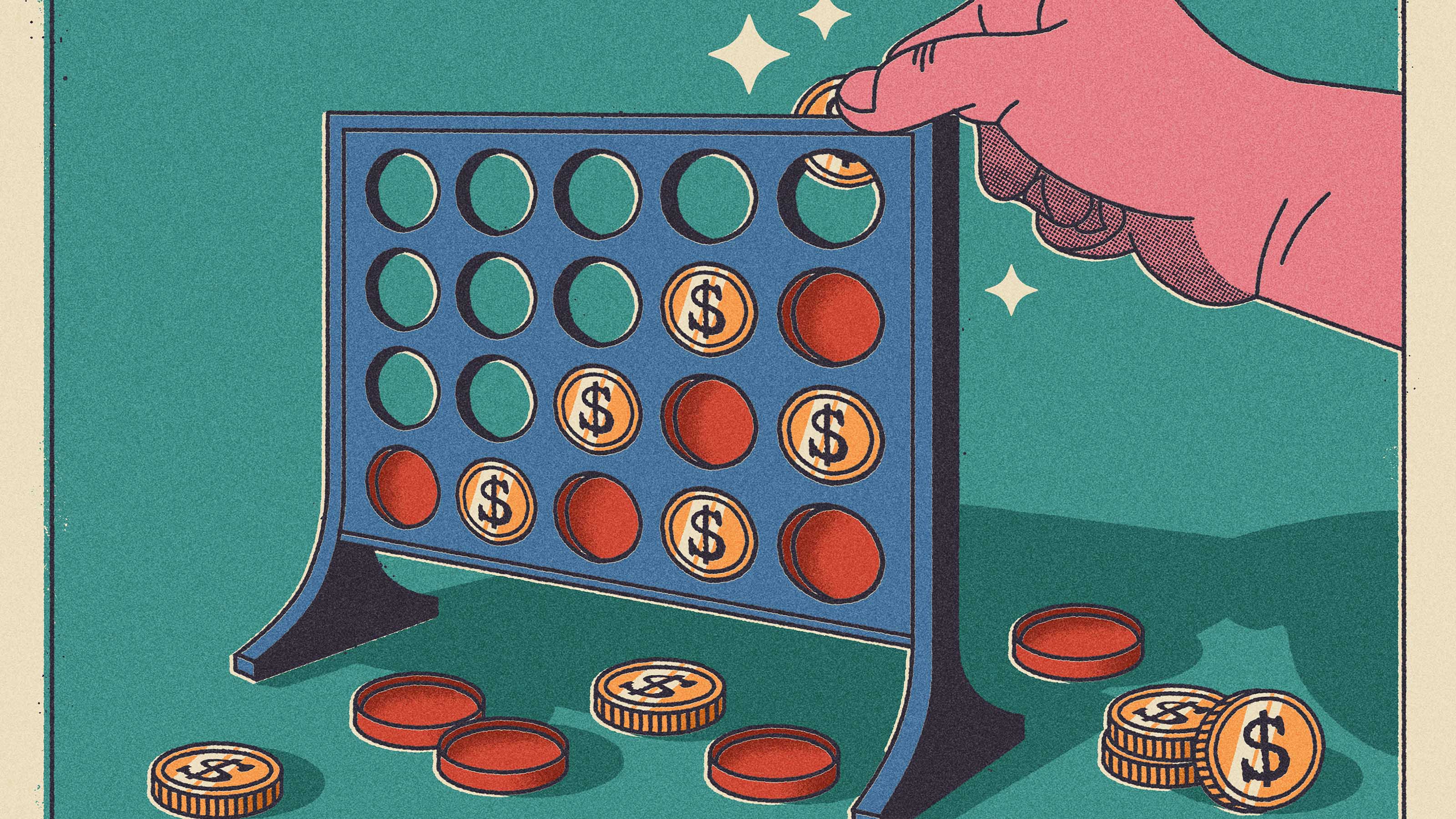How I Evaluate Stock Picks From Others
Some ideas are so far outside my comfort zone that acting on them would surely give me a stomachache.

When you write a column about picking stocks, you get plenty of advice about what you should buy. I often find these suggestions wise and enlightening. One of my best-performing stocks, Seagate Technology (symbol STX), was suggested by my editor, for example. Another, KKR Financial (KFN), was a favorite of my son.
Readers have come up with some great calls, too. About a year ago, one reader asked me to look at Eaton Corp. (ETN), an Ireland-based capital-goods maker. At the time, the company was growing nicely, and the stock was selling for just 9 times earnings and yielding a healthy 4%. I told the reader I thought Eaton was a great value and bought some for my personal portfolio (at the time I didn’t have any cash in my Practical Investing portfolio). I’ve earned 71% on that holding in just over a year (returns and prices are through August 2).
But I have not always been wise enough to heed readers’ advice. One took me to task for selling Lockheed Martin (LMT), which I did last January at $96, for a 30% gain. I felt vindicated when the stock fell nearly 10% in the days after I sold because of uncertainty surrounding the federal budget.

Sign up for Kiplinger’s Free E-Newsletters
Profit and prosper with the best of expert advice on investing, taxes, retirement, personal finance and more - straight to your e-mail.
Profit and prosper with the best of expert advice - straight to your e-mail.
The fact is, though, that the reader’s argument was impeccable and completely consistent with the way I invest—or at least the way I try to invest. Lockheed is a strong company that is consistently profitable and pays a generous dividend. That’s the kind of stock I generally think you can hold for decades, regardless of short-term market swings. My punishment for failing to heed this wise reader’s counsel has been to sit on the sidelines as Lockheed shares soared another 29%, to $124, since my sale.
But people also give me advice that I can’t take—and won’t lament forgoing. That’s simply because their ideas are so far outside my comfort zone that acting on them would surely give me a stomachache.
For instance, a lot of people made a fortune buying gold, which nearly quintupled between 2002 and September 2011. Many gold enthusiasts urged me to jump on the yellow-metal bandwagon.
But I didn’t buy a single ounce, nor did I buy funds that track the metal’s price or invest in mining stocks. Why? I’m a numbers girl. And no one can provide a good formula for evaluating the right price to pay. Gold is essentially a hedge against fear. When people become worried about the economy or the value of their currency, they bid up gold’s price. But are they $500-an-ounce concerned or $2,500-an-ounce terrified? I know of no logical way of making that call, so I simply stay away.
High-P/E aversion. I feel the same about many popular stocks that sell at absurd price-earnings ratios. Take Amazon.com (AMZN). When one analyst told me in November 2011 that it was a screaming buy at $192—a price that amounted to about 100 times estimated 2012 profits—I thought he was nuts. Since then, the stock has soared nearly 60% even though Amazon lost money in 2012 and is expected to earn just 86 cents per share this year. At $304, the stock now sells for 354 times estimated 2013 profits.
Do I regret not getting in at $192? Not really. (Okay, a little.) But buying Amazon would have put me on pins and needles because I didn’t understand why the stock traded at such an exorbitant P/E—and, frankly, I still don’t. I would spend my days trying to figure out when sentiment for Amazon might sour. And that would make me miserable and nervous.
I want my investments to make me calm and comfortable, to meet my economic goals without turning me into a neurotic trader. Yes, I sometimes miss out on profits, but I save on antacids. That’s a trade I’ll make any day.
Kathy Kristof is a contributing editor to Kiplinger’s Personal Finance and author of the book Investing 101. You can see her portfolio at kiplinger.com/links/practicalportfolio.
Get Kiplinger Today newsletter — free
Profit and prosper with the best of Kiplinger's advice on investing, taxes, retirement, personal finance and much more. Delivered daily. Enter your email in the box and click Sign Me Up.

-
 Is Flying in America Still Safe? Navigating the Turbulence in U.S. Air Travel
Is Flying in America Still Safe? Navigating the Turbulence in U.S. Air TravelWith outdated systems and staffing shortages causing disruptions, here's what travelers need to know to stay safe and protect their plans.
-
 Stock Market Today: Dow Gains 1,160 Points on U.S.-China Trade Deal
Stock Market Today: Dow Gains 1,160 Points on U.S.-China Trade DealThe two countries agreed to a 90-day truce that will give them time to work on more substantive trade negotiations.
-
 How to Beef Up Your Portfolio Against Inflation
How to Beef Up Your Portfolio Against Inflationinvesting These sectors are better positioned to benefit from rising prices.
-
 Taxable or Tax-Deferred Account: How to Pick
Taxable or Tax-Deferred Account: How to PickInvesting for Income Use our guide to decide which assets belong in a taxable account and which go into a tax-advantaged account.
-
 Smart Investing in a Bear Market
Smart Investing in a Bear Marketinvesting Here's how to make the most of today’s dicey market.
-
 How to Open a Stock Market Account
How to Open a Stock Market Accountinvesting Investing can be fun, but you need a brokerage account to do it. Fortunately, it’s easy to get started.
-
 The Right Dividend Stock Fund for You
The Right Dividend Stock Fund for YouBecoming an Investor Dividend stock strategies come in many different flavors. Here's what to look for.
-
 Alternative Investments for the Rest of Us
Alternative Investments for the Rest of UsFinancial Planning These portfolio diversifiers aren't just for the wealthy.
-
 When Actively Managed Funds Are Worth It
When Actively Managed Funds Are Worth ItBecoming an Investor For some investment categories, choosing an actively managed fund makes sense.
-
 Make Your Portfolio More Defensive
Make Your Portfolio More DefensiveBecoming an Investor Risk is rising on Wall Street. Make sure you're prepared.